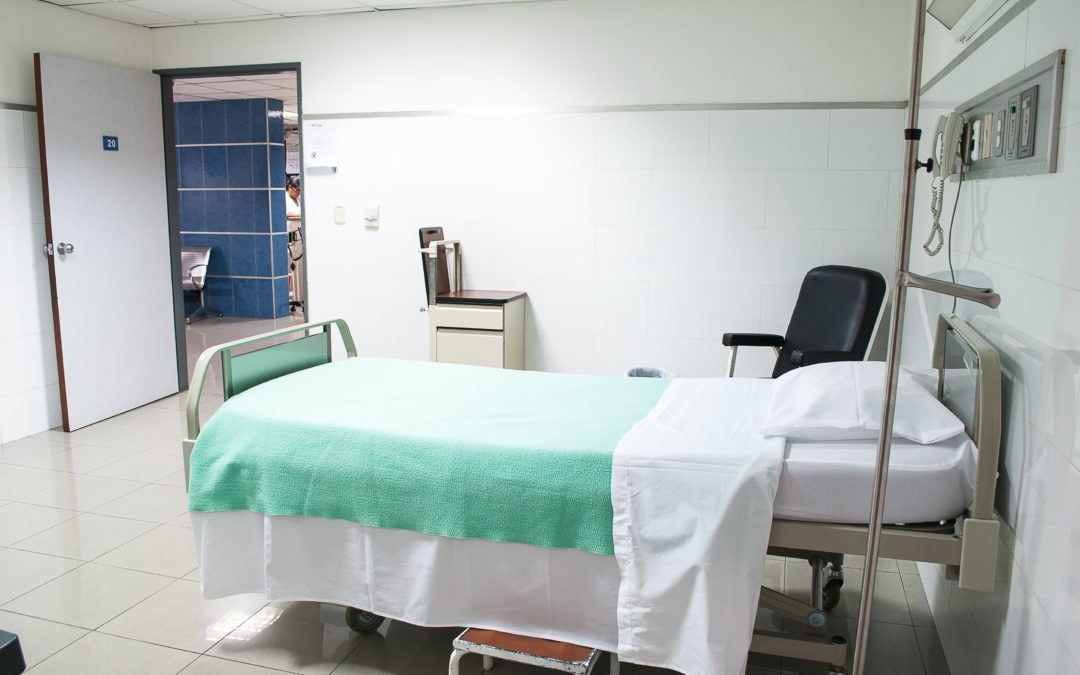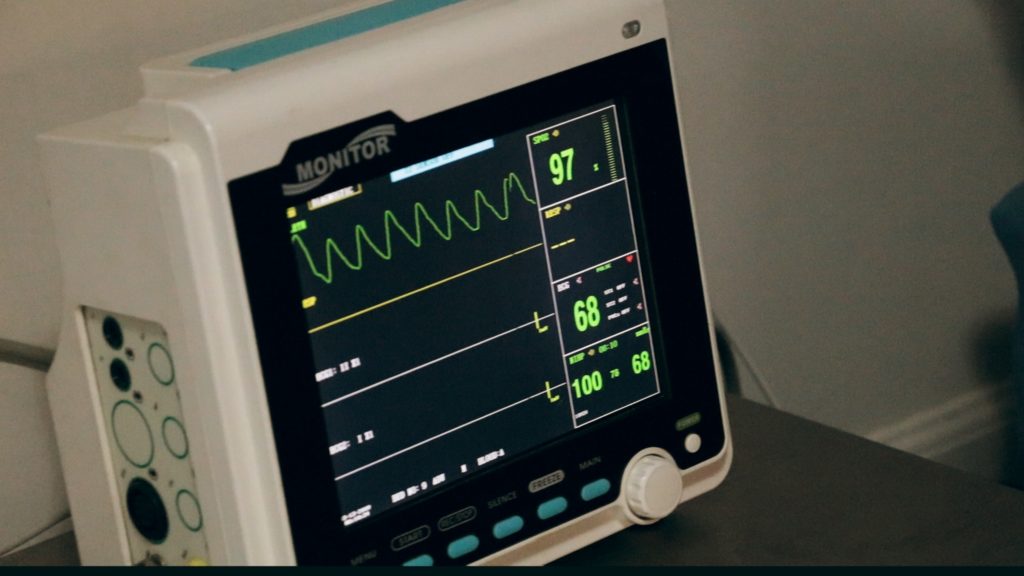If you plan to contract with medical facilities, your cleaning business requirements for employees and equipment has to be the best.
Cleaning business requirements are an interesting thing. You are required to have a valid business license. You’re required to pay taxes, wages, and insurance. Although it makes your job a lot easier when you have specific equipment and supplies, in most cases, there aren’t technically requirements for which tools you need to do your job.
That can be a good thing. Many of your clients won’t care if you have a 15″ or 20″ floor buffer. Unless you’re working with someone who requests eco-friendly cleaning products, they probably don’t have an opinion on what cleaner you use. That certainly makes it a lot easier to get a cleaning business up and running. You can keep your overhead low and work your way up to get the high-end, cordless, backpack vacuum.
Once you start looking at contracts with medical facilities, though, cleaning business requirements become more specific and detailed. You could be working around confidential information, hazardous materials, bloodborne pathogens, and sensitive equipment. That’s no small task. The reward, of course, can be immense: steady work, a long-term contract, and your foot in the door for other medical cleaning contracts.
Keep track of all your cleaning jobs with Janitorial Manager. Schedule a free demo today and learn about all the great features!
The 5 cleaning business requirements medical facilities look for
While there are few federal requirements for commercial cleaning companies within medical facilities, there are plenty of important guidelines issued by The Centers for Disease Control and Prevention (CDC) and the Occupational Safety and Health Administration (OSHA). Additionally, your state or municipality may have cleaning business requirements for this type of work.
1. Be conscious of contaminants
One area of concern, of course, is the level of contaminants you may find in a medical setting. It’s also important to consider the degree of disinfectant and type of cleaner that is most appropriate for the area you’re cleaning. The CDC pinpoints three levels of disinfection: high-level, intermediate-level, and low-level.
High-level disinfection is reserved for medical instruments and requires sporicidal chemicals “that are not appropriate for use on housekeeping surfaces.” For intermediate-level disinfecting, cleaning solutions should include alcohols, chlorine-containing compounds. Low-level disinfecting requires “quaternary ammonium compounds, some phenolics, and some iodophors.” These cleaners are tested and labeled as “hospital disinfectant” by the Environmental Protection Agency (EPA) and should be clearly marked, so you know exactly how to use them and what to use them for.
Even though you will need EPA-labeled cleaners, the CDC recommends regular cleaning with soap and water as effective for most of the surfaces you’ll clean, such as windows, doorknobs, and similar surfaces. More important, perhaps, than what you use in your cleaning is how you are performing the tasks.
2. Be conscious of spreading contaminants
Since cleaning tools and products can become contaminated quickly, it’s essential to refresh your cleaning solutions frequently. You also don’t want to spread contaminants, which means that vacuum cleaners need to have HEPA filters, and you need to maintain them properly.
There are additional cleaning business requirements and guidelines from the CDC that include highly specific information covering everything from pest control to flowers and plants, and even recommendations for neutralizing common viruses and bacteria. The most critical requirement, however, is simple: Don’t use cleaning tools that would spread germs.
3. Be conscious of employee health
The CDC’s focus is primarily on neutralizing contaminants. When it comes to your team, however, recommendations come from the Occupational Safety and Health Administration (OSHA). The goal of these OSHA guidelines is to reduce the impact on employees working in a potentially contaminated environment. Especially in a health care setting, there is a high possibility of coming into contact with hazardous and infectious materials, bloodborne diseases, and tainted surfaces.
To minimize the exposure of your team and all healthcare workers to these hazards, OSHA implemented regulations such as the Bloodborne Pathogens Standard. Among other things, these regulations mandate training in the handling of sharp and other potentially contaminated objects, including broken glass.
4. Be conscious of the cleaning products
While the focus of cleaning business requirements in medical facilities is on sanitation and employee safety, the solutions you work with can cause problems, too. Allergic reactions aren’t unheard of, and mixing solutions improperly, such as combining ammonia and chlorine, can create deadly situations. Thorough employee training is especially important, so everyone on your team knows how to handle cleaning solutions and chemicals.
Personal protective equipment is also a necessity. Depending on the details, this may include gloves, goggles, aprons, or masks. Other recommended practices aim to reduce slips and falls. For instance, OSHA suggests cleaning one side of a space at a time, so there is an opportunity for wet surfaces to dry.
5. Take janitorial certification courses and programs
One way to encourage medical facilities to contract with you is by showing them you have taken the time to learn about their specific circumstances. The International Janitorial Cleaning Services Association offers several certifications.
The IJCSA courses range substantially in the average course study times and testing times. For instance, the OSHA-approved Bloodborne Pathogens Certification takes about two hours. The Chemical Hazards Certification takes three to five hours in total. The Biohazard Cleaning Certification, on the other hand, will take you around 44 hours.
Similarly, ISSA offers certifications through its Cleaning Management Institute. Your state may provide janitorial safety training, as well. For example, the Department of Industrial Relations for the state of California has a Janitorial Safety Training Program for small business owners. The Washington State Department of Labor & Industries offers free risk management consultations, as well as safety and health consultations. They also provide publications, videos, and self-paced learning for topics including Chemical Hazards.
Winning contracts with hospitals, doctor’s offices, and other medical facilities will take some effort on your part, but with higher barriers to entry, you won’t face a lot of competition. More importantly, you can use your training as a selling point to non-medical facilities as well. There’s really no downside.
Bid on jobs, manage projects, track clients, and more with Janitorial Manager. Sign up for a free demo to see all the great features!


